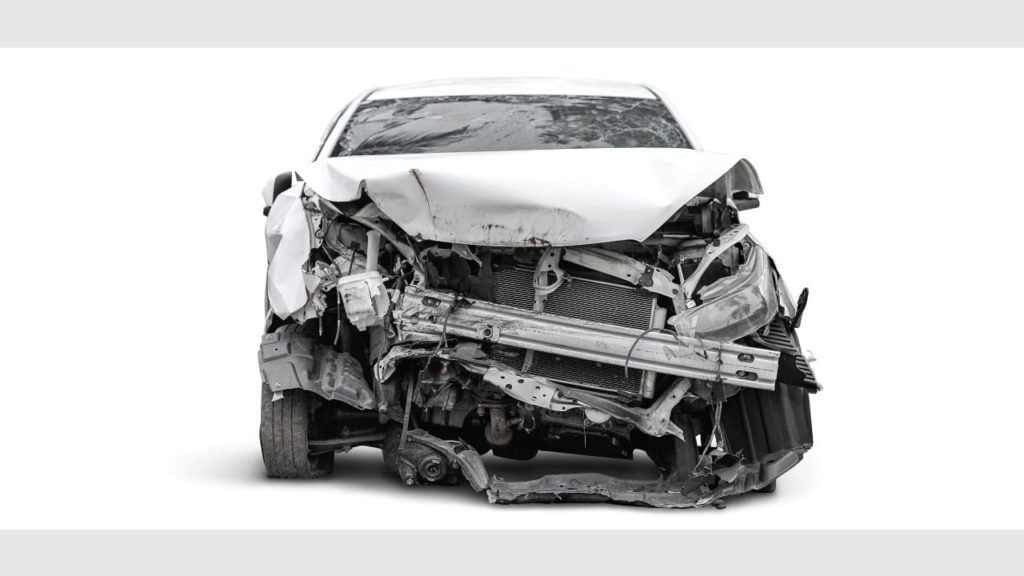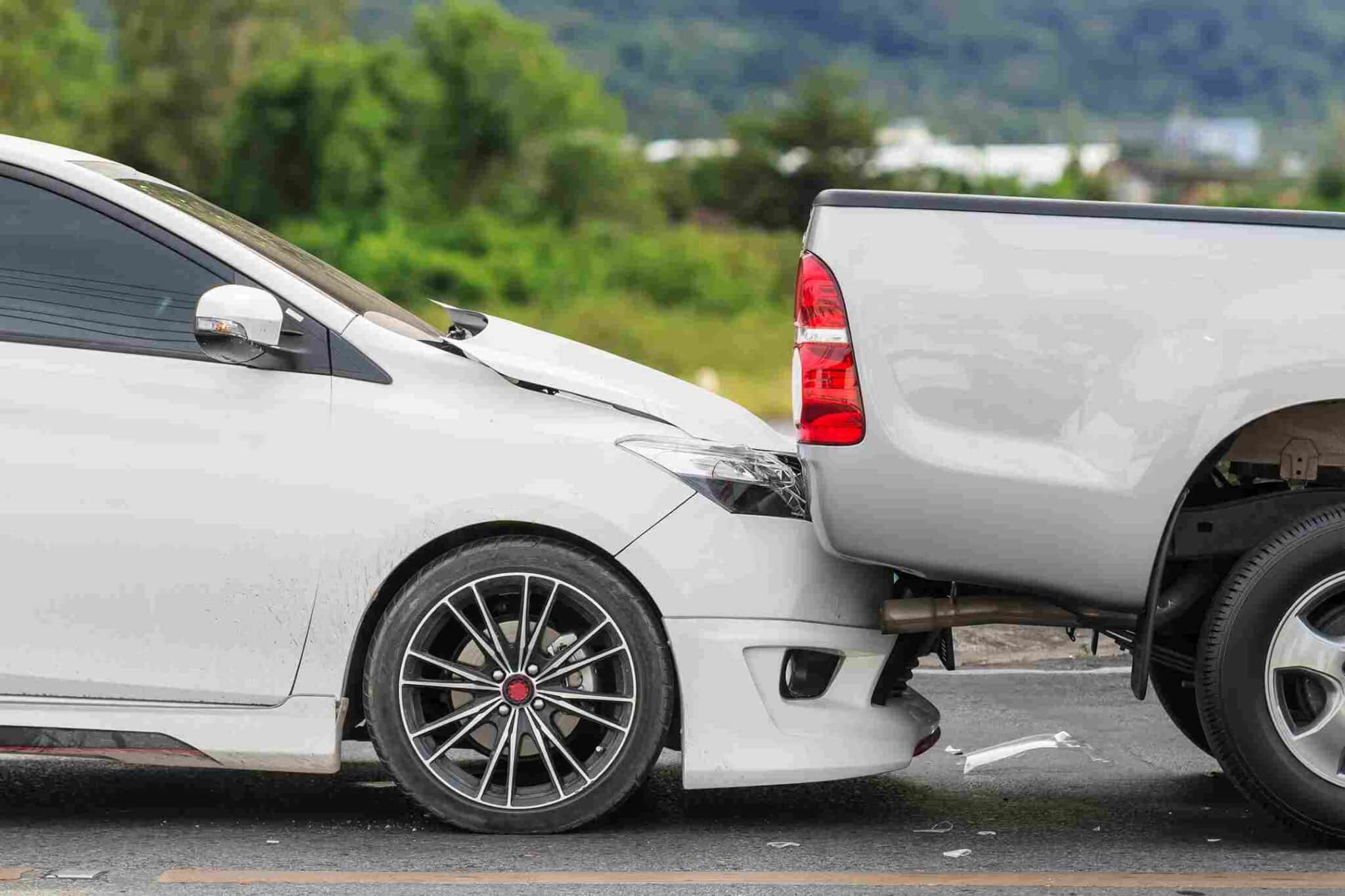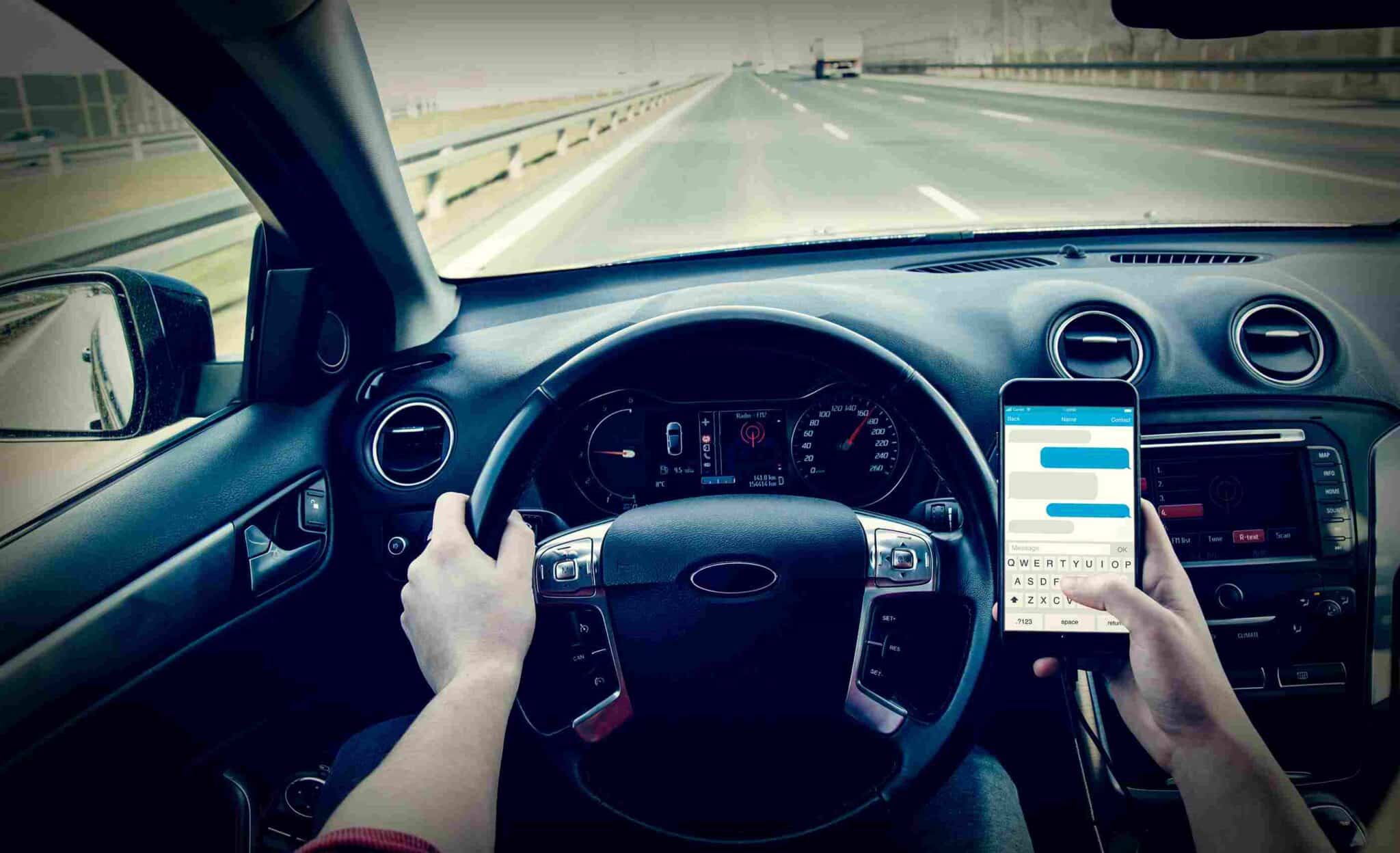A ”hit and run” accident is one where a driver of a motor vehicle has caused property damage and/or personal injury to another as a result of a collision, and then leaves the scene without providing their contact information, and/or medical assistance if needed. In fact, in most states it is a crime to leave an accident scene without doing these things. Despite the law, “hit and run” motor vehicle accidents are alarmingly prevalent, and on the rise. Over 750,000 “hit and run” accidents occur in the U.S. every year and account for more than 2,000 deaths. If you or someone you care about are involved in a “hit and run” accident, or you witness an accident where the other driver leaves the scene, here are the immediate steps you should take.
1. Do your best to identify details about the other driver and/or vehicle. This includes the physical attributes of the driver (i.e., age, gender, physical description) as well as the make, model, color and license number of the vehicle. The more details you can get, the better the chance that the “hit and run” driver can be identified.
2. If possible, move your vehicle to a safe location and call 911 immediately. Once the police arrive, provide them with as much of this information as possible. If you are a witness to a “hit and run”, give the police your contact information and offer to serve as a witness in the case if needed. Because memories fade, write down these details as soon as practical after the collision. Make sure to keep your written details from the accident until the case is completely resolved
3. Attend to the immediate medical needs of any injured victims. Do not attempt to move any severely injured individuals, or perform medical assistance yourself if you are not qualified to do so. Wait for the paramedics to arrive.
4. Get the names and contact information of any witnesses to the collision. Witness information will be especially helpful if the hit and run occurred when you were not with your vehicle
5. If possible, take photos of the accident scene and the damage to your vehicle. If there is debris on the roadway, make sure to photograph the location of the debris if it can be done safely.
6. If the collision is a minor one and police do not show up, make sure you still file a report with them as this will be useful when dealing with your insurance company.
7. Call your own auto insurer to report the collision and provide them with details of the incident, including photos of the scene and damage to your vehicle. In many cases, the insurance company of the injured party will ask you to supply them with a written account of the accident. Never admit fault to the police or your insurer.
8. If injured, make sure you seek medical treatment as soon as possible. Even if the other driver is never identified, you are still entitled to “no-fault” benefits under your own insurance policy. These benefits include a minimum of $20,000 in medical expense coverage and $20,000 for income loss as a result of the accident. Also, keep a diary of the history, nature, and extent of your symptoms as this will serve as a contemporary record of your injuries and assist you in dealing with your insurance company.
9. Finally, if you have sustained a long-term or permanent injury, and the other driver is never identified, or did not carry auto insurance, you still may be entitled to collect for your past and future pain, suffering and emotional distress through your “uninsured” or “underinsured” motorist coverage that you carry on your own vehicle.
If you have any questions regarding the filing of claims, denial of claims or submission of testimony, talk with an attorney at Nelson Personal Injury LLC. For more than 35 years we have been helping victims of accidents obtain the compensation they deserve. We fight to ensure that your rights are properly protected following a motor vehicle accident. You can contact them at (800) 497-8888 or at www.nelsonpersonalinjury.com. As always, all consultations are free. To explore more accident-related tips and insights, visit our blog.






